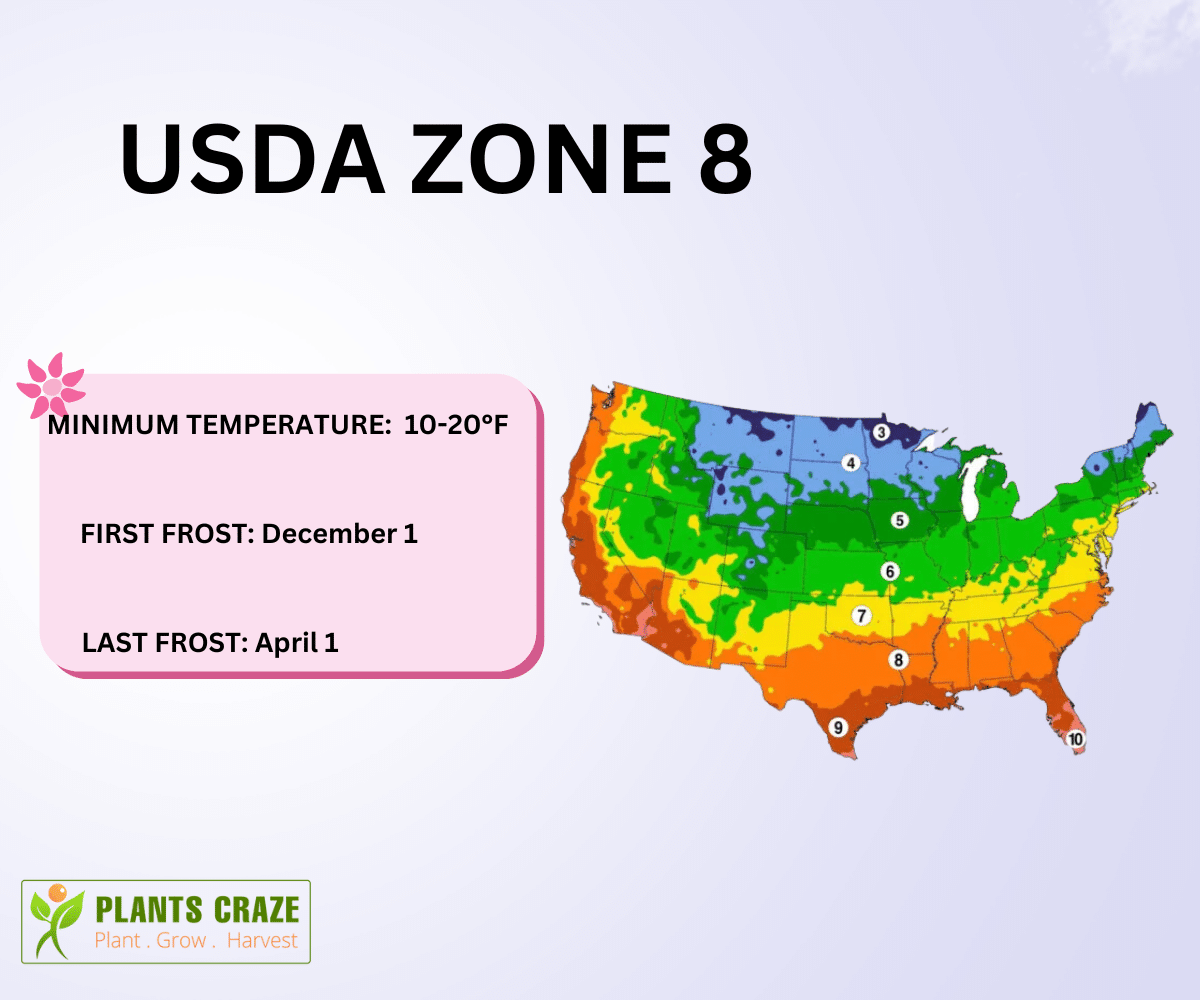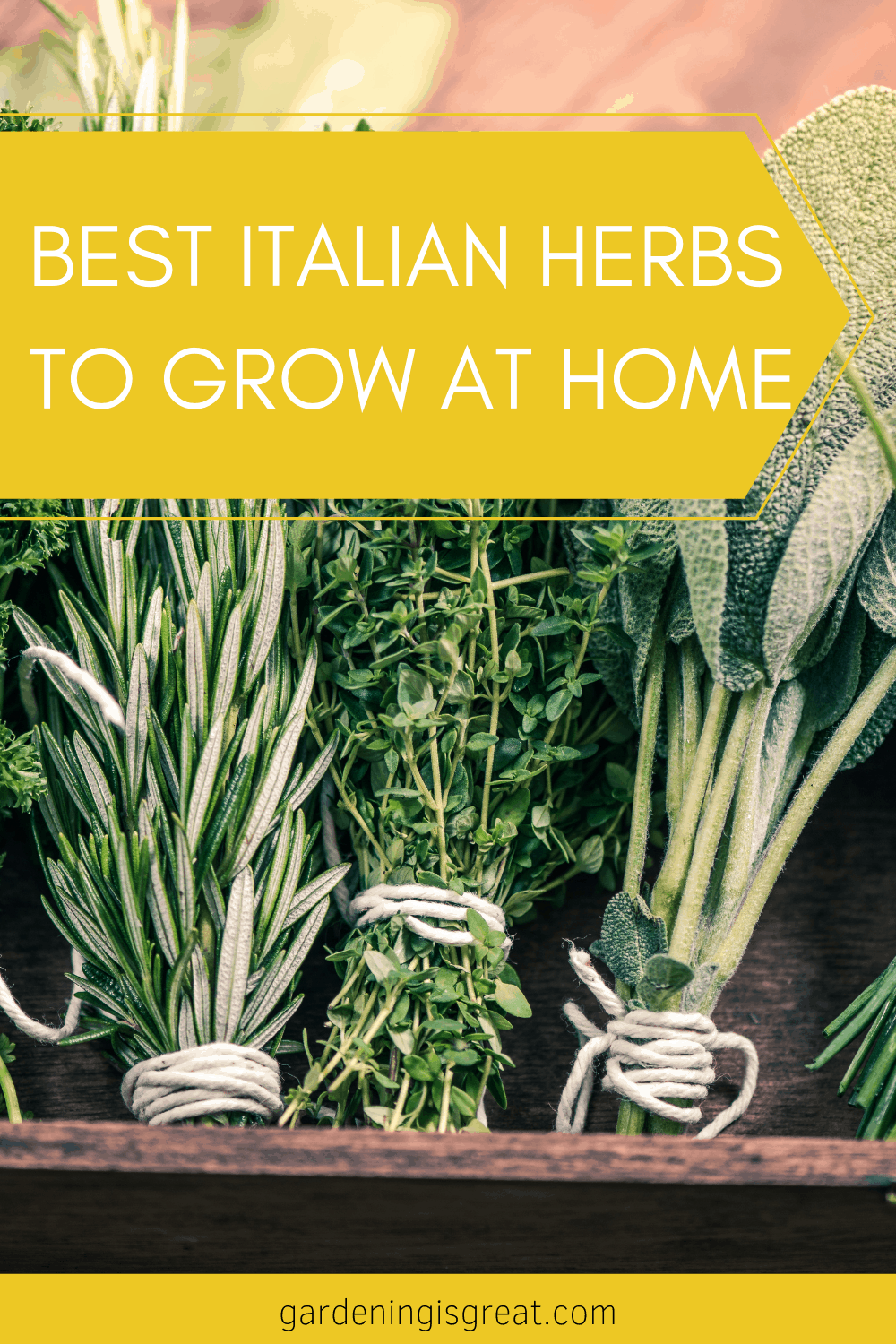Zone 8 Plants Made Easy: Practical Tips to Grow Strong and Thrive

There’s a moment every spring when my hands, caked in red clay and trembling from the third attempt to dig out a stubborn weed, remind me: mastery in a Zone 8 garden is not about having all the answers—it's about building a system that makes sure you rarely ask the same question twice. If you want more than “plant lavender in spring and hope for the best,” let’s get tactical. Below is my complete Zone 8 Mastery System—a battle-tested framework that’ll save you from crispy petunias, surprise floods, and endless trial-and-error.

This is not your average guide. Here you'll find shortcuts I wish someone had shown me ten years ago, advanced techniques most extension classes gloss over, and lessons forged by failures (like the year I tried to grow peonies where only fire ants thrive). Ready to stop guessing and start gardening with confidence?
Table of Contents
- Zone 8 Plants: What You Need To Know—Not Just The Basics
- Zone 8 Fundamentals: The Pillars of Smart Gardening
- Shortcut System: Getting Started Without Overwhelm
- Mistake-Proofing: How to Build Resilience Into Your Planting
- Advanced Moves: High-Impact Tactics For Zone 8 Success
- Tools & Tech Stack: Gear That Gives You Leverage
- Field Notes From Real Gardens: Failure & Triumph Stories
- Troubleshooting Like an Expert—The Diagnostic Flowchart
- Your Action Blueprint: Weekly Habits for Garden Mastery
- Level-Up Pathways: Expanding Your Skills (and Harvests)
1. Zone 8 Plants: What You Need To Know—Not Just The Basics
Forget broad generalizations about “mild winters.”
Zone 8 is actually three different beasts hiding under one label:
- The Wet-Hot South: Think Birmingham or Atlanta where humidity throws curveballs at roses.
- Dry Heat Belt: Austin or Dallas suburbs—drought isn’t a possibility; it’s inevitable.
- Mild-Coastal Microclimates: Western Oregon/WA or NorCal valleys with unexpected cold pockets.
I realized this in May '17, standing in my own backyard watching tomato leaves curl from drought while my friend five miles away was battling black spot from daily afternoon showers.
System shortcut: Start every season by mapping your microclimate—not just your hardiness zone.
How?
- Walk your yard at sunrise, noon, and dusk for one week; mark sun patterns on a printed Google satellite map.
- After rain, stand outside barefoot: Where does the grass squish longest? That’s your wet spot test.
- Note which side of the house holds frost longest into morning (my north fence keeps frost until nearly 11am—bad news for basil).
2. Zone 8 Fundamentals: The Pillars of Smart Gardening
Successful gardens aren’t built on plant lists—they’re built on systems that adapt as conditions change.
Pillar #1: Microclimate Mapping
Use thermometers ($12 gets you three) placed at different corners of your property midwinter and midsummer for two weeks; track overnight lows and midday highs.
Pillar #2: Soil Baseline
Don’t skip this step—I once wasted $200+ on perennials before discovering my pH hovered near 7.9 (alkaline!). Use Luster Leaf kits or send samples to your extension service ($12/testing).
- Shortcut: For instant feedback, keep a jar of vinegar and baking soda handy—vinegar fizz = alkaline soil; baking soda fizz = acidic.
Pillar #3: Water Budgeting
No more guesswork! Dig a post-hole four inches deep after any soaking rain; count seconds water takes to drain:
- <30 seconds? Sandy soil.
-
60 min? Clay-heavy (hello root rot risk).
- Goldilocks = drains within 5–15 minutes.
3. Shortcut System: Getting Started Without Overwhelm
Every beginner should steal this rapid-start method—it took me six years to land on it after burning through catalogs and countless wilted seedlings:
Week One:
- Sketch out front & back plots using phone photos + free Adobe Acrobat markup tool (beats paper maps!).
- Grab $20 soil test kit; sample three spots minimum—front bed may differ wildly from veggie patch.
- Pick just one flower bed or veg plot (<40 sq ft)—not the whole yard—to focus all efforts.
Week Two:
- Choose ONLY perennial workhorses proven by local master gardeners (ask your county extension or check their annual “Best Bets” list).
- My starter list? Coneflowers + Salvia + ‘Endless Summer’ Hydrangeas + Texas Sage (for dry beds).
- For veggies/herbs: ‘Celebrity’ tomato, ‘Georgia Collards,’ basil (‘Genovese’), rosemary (‘Arp’: don’t waste time with supermarket pots!).
- Prep site using lasagna layering if time is short—lay cardboard over grass/weeds topped with compost & mulch; plant right through next week.
Planting Calendar Hack:
Bookmark Gardenate.com/zone/usda/8 — it gives exact sow/transplant dates per crop (beats spreadsheets!).
4. Mistake-Proofing: How To Build Resilience Into Your Planting
Here’s what I learned only after watching dozens of “easy” plants fail:
Built-In Failsafes:
Insurance Planting
Always buy two sizes/types of each major feature plant if possible—a mature shrub plus a smaller backup.
Last year when late frost hit my young camellias but spared older ones against the house wall, I realized redundancy isn’t waste—it’s insurance.
Mulch Scheduling By Weather App
After getting burned by planting then mulching during a surprise downpour (fungus galore), now I set mulch day based on weather app radar—clear stretch ahead only!

Drip Irrigation First
Don’t wait until summer stress hits; lay soaker hoses immediately—even before plants go in—and test coverage using cheap moisture meters stuck in multiple spots ($10/set of two).
Dynamic Feed Regimen
Rotate between granular slow-release fertilizer pre-spring and one dose liquid seaweed feed when blooms bud out—that combo doubled my hydrangea flowers compared to just granular alone in controlled side-by-side trial beds last year.
5. Advanced Moves: High-Impact Tactics For Zone 8 Success
Ready for next-level mastery? These are pro-level tricks that pay massive dividends:
Intentional Microclimate Creation
Tape dark builder's plastic sheets against south-facing fences from February–April (“solarize” cold pockets) to push spring warmth up by as much as three weeks—I’ve harvested tomatoes before neighbors even planted theirs!
Succession Timing Matrix
Set calendar reminders every two weeks during growing season:
- First slot = cool crops like spinach/beets,
- Follow IMMEDIATELY with heat lovers like okra as soon as first crop comes out.
Result last July? Continuous harvest instead of feast-famine cycles—and no wasted space.
Variety Hacking With Local Data
Track which cultivars win blue ribbons at county fairs or show up most often at farmers markets rather than relying on generic catalog claims.
For example:
‘Cherokee Purple’ tomatoes tanked in my humid yard—but ‘Juliet’ cherries set fruit through record-setting August heatwaves (+98°F days).
Espalier Shrubs Against Walls For Space-Saving & Heat Control
Train figs/pears/camellias directly onto wire grids mounted on fences—the reflected heat extends blooming/frost-free periods by ~10 days every season here southside of Charlotte NC.
6. Tools & Tech Stack: Gear That Gives You Leverage
Skip impulse buys at big box stores! Here’s what truly saves backs/time/money after years of bruised knuckles:
| Tool | Why It Matters | Pro Tip / Brand Example |
|---|---|---|
| Oscillating Hoe | Slices weeds below ground fast | Rogue Hoes – never dull blade |
| Long-handled Digging Fork | Aerates clay without heavy labor | Fiskars D-handle |
| Soil Block Maker | Starts seeds w/o transplant shock | Ladbrooke Mini |
| Bluetooth Moisture Sensors | Monitors beds remotely | Ecowitt Soil Sensor Set |
| Heavy-Duty Pruners | Clean cuts prevent disease | Felco F2/F6 |
Tech Shortcuts
Download “From Seed To Spoon” app for custom planting reminders based on YOUR GPS location—not some generic zone chart.
Pro move:
Set up a Google Sheet shared with partner/kids tracking variety-location-date-planted-outcomes by season—you’ll be amazed what patterns emerge (“Why do peppers always die in back corner?” now has data!).
Regional help lines:
Keep county extension hotline number saved as favorite—they ID weird pests/diseases via text pics faster than Facebook crowdsourcing ever will.
7. Field Notes From Real Gardens: Failure & Triumph Stories
Let me be blunt—I lost more plants those first seasons than I care to admit but here are stories that shaped this system:
Hydrangea Heartbreak→Victory:
In ‘16 I planted four bigleaf hydrangeas—that summer only leaves survived while neighbor's front yard was lush with blue blooms.
Turns out hers were 'Limelight' paniculatas which tolerate partial shade better AND alkaline soils common here…now I never buy hydrangeas without cross-checking both light AND pH needs!
Tomato Meltdown Averted By Trellis Trickery:
My heirlooms melted mid-July until I switched to welded-wire cattle panel arches ($25 per section): vines air out faster preventing blights AND vertical growth means shaded lettuce beneath lasts longer into June—a true double crop hack!
Pollinator Revolution On A Shoestring:
When Tamara replaced half her crabgrass lawn with bee balm/yarrow/coneflower seed mix ($18 total), she tracked pollinator visits weekly—by Year Two monarch butterflies were regulars while mowing dropped from weekly to bi-weekly…and her water bill dipped $22/month each summer thanks to less thirsty turf roots!

8. Troubleshooting Like an Expert—The Diagnostic Flowchart
When things go wrong—and they will!—skip panic mode with this quick diagnostic loop:
- Are Leaves Wilting Midday Only?
- Yes → Check soil moisture AM & PM w/moisture meter → Too dry = increase watering/deeper mulch; too wet = amend drainage immediately.
- Yellow Leaves On Acid-Loving Plants?
- Test pH again even if you did it last year!
- Apply elemental sulfur OR pine bark fines top-dressed (retailers like Southern States stock these cheap).
- Stunted Growth But No Pests Visible?
- Rotate fertilizer blend for next month—from high-nitrogen to balanced PK formula (“Espoma Holly-tone” works wonders here).
- Leaf Spots Or Mold After Rainstorms?
- Thin inner growth w/pruners STAT; switch watering times to sunrise-only; consider copper-based organic sprays (“Bonide Copper Fungicide”) if needed.
- Bugs Out Of Nowhere In Early Spring?
- Encourage beneficial predators early by adding shallow saucers with water/marbles near beds attracting ladybugs/lacewings—not just spraying pyrethrin everywhere!
Write down every fix/trial along the way—you’ll build a personal troubleshooting cheat sheet more valuable than any forum thread online.
9. Your Action Blueprint: Weekly Habits for Garden Mastery
Mastery isn’t a sprint—it’s stacked habits repeated across seasons so you learn faster than failure can catch up.
Try this checklist schedule:
Sunday Evening
- Walk entire garden w/notebook noting new spots of disease/pests/growth stalls/flower buds emerging.
- Check all irrigation/drip timers/manual hoses for leaks/clogs BEFORE Monday heat sets in!
Monday Morning
- Review weather forecast for next ten days;
- If big storm coming → hold off fertilizing/mulching until after downpour passes;
- If temps dip expected → prep row covers/burlap wraps NOW rather than scrambling at sunset midweek;
Midweek Quick Checks
- Inspect undersides of leaves for aphid/scale outbreaks;
- Blast off minor colonies w/hose jet then release purchased ladybugs if necessary;
Friday Afternoon
- Snap timestamped phone photos from fixed angles (front steps/back gate)—review monthly comparing progress/issues visually;
After each season log wins/losses:
“What lasted through August?
What bolted/fried/drowned?
What flowered best—in sun OR shade?”
Level-Up Pathways: Expanding Your Skills (and Harvests)
When you’re hungry for more challenge or deeper knowledge…
- Join your region’s Master Gardener program—the small fee pays itself back triple through plant swaps/local trial data/unlimited Q&A access;
- Host informal neighborhood “Plant Lab Days”—swap cuttings/seeds/tips over coffee rather than social media echo chambers;
- Upgrade documentation game—keep digital garden journal synced across devices so discoveries don’t vanish by next February;
And above all—
Take failed attempts personally…but use them as fuel, never frustration! Every setback contains tomorrow’s shortcut if captured clearly enough today.
Few things match the pride looking over thriving beds you shaped yourself—not because everything went perfectly but because your system learned faster than your mistakes could repeat themselves.
That’s real Zone 8 mastery—not just following recommendations but becoming nimble enough never to make classic errors twice…and confident enough that neighbors start asking how you keep those hydrangeas alive when everyone else gave up long ago.
Ready for dirt under your nails—and success underfoot—all year long?
Let’s dig in deeper together next season.



